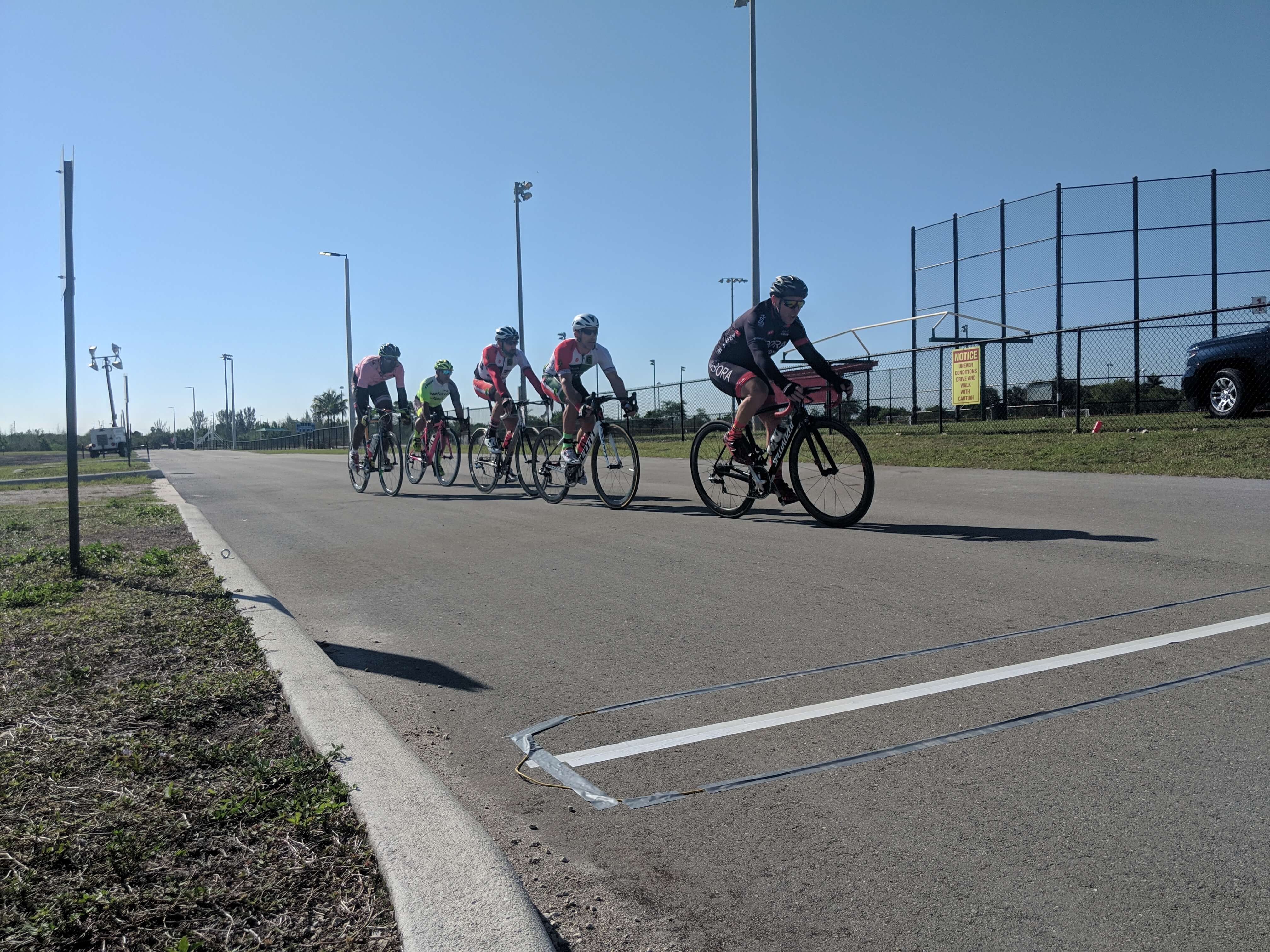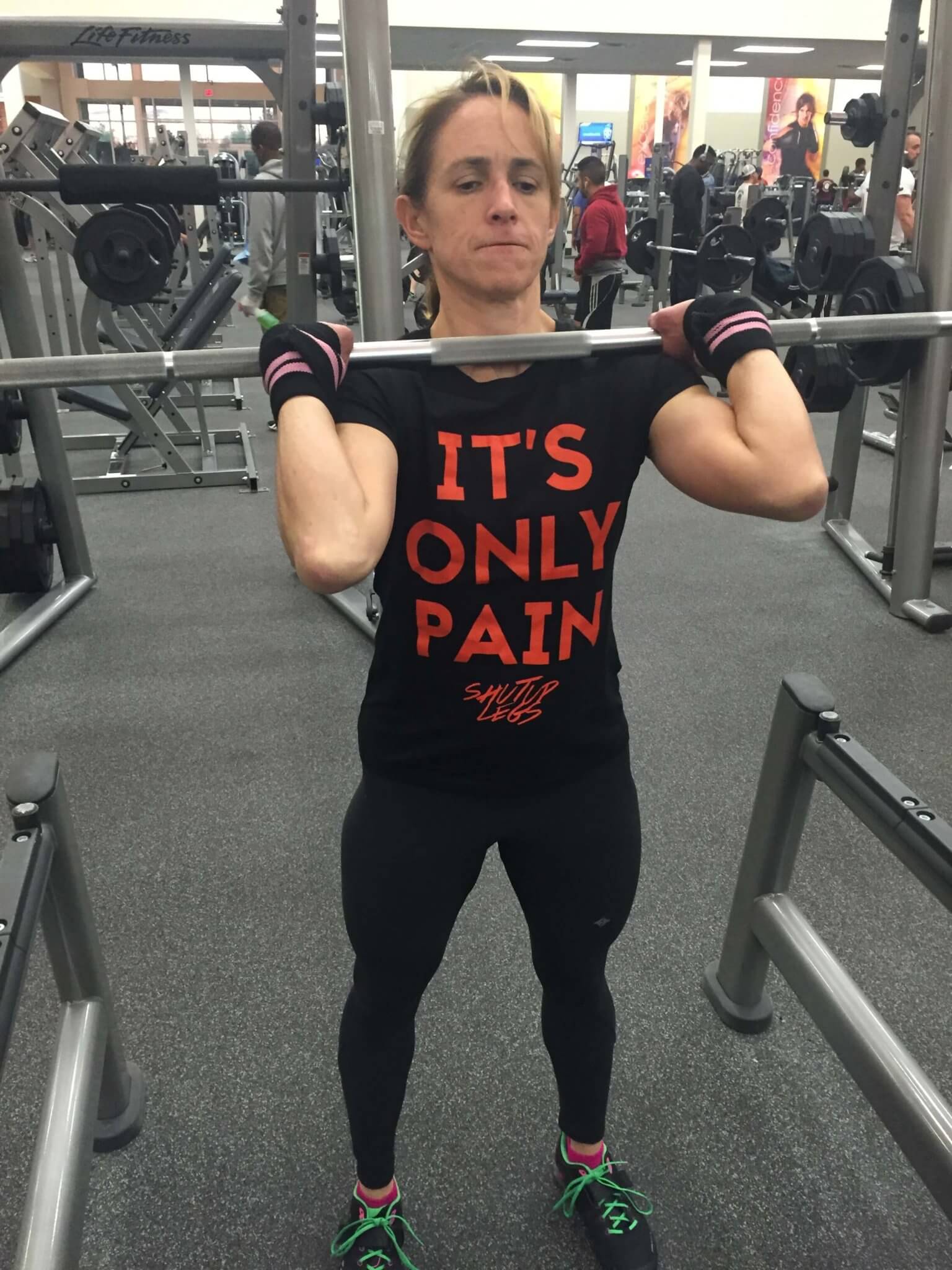Are you having trouble committing to your fitness goals? Do you feel like you’re starting over every time you set a goal? You’re not alone. A lot of people find it challenging to stick to their goals, especially when it comes to fitness. In this blog post, we will outline a roadmap to help make the process of committing easier for you. We’ll also provide tips on how to stay motivated and achieve your desired results!
Six steps
- Consistency Audit
- Nutritional Repair
- Macros and Proteins are King
- Increase Activity Level
- Get to the gym
- Get Accountability
Consistency Audit
The first step is to look back over your fitness journey. How consistent have you been? If you have been inconsistent, look to see where you went off the rails. What is the typical spot in which you mess up?
The Audit

How did I get out of shape?
How did my body composition become what it is now?
How long have I been like this?
What external obstacle have you had to deal with?
What internal obstacles have you had to contend with? Excuses? Rationalizations?
By answering these questions, you will better understand where you went wrong and what you need to do to fix it. Do not start your journey based on emotions. Yes, you might find the latest workout plan on TikTok, you might not like what you see in the mirror, or there may be an event that you want to participate in. However these are great moments of motivation, but motivation alone is what has failed you in the past. You need to be smart about how you will defeat all of the items you listed in your audit. You must be honest and consider what habits must be changed and created. You have to recognize the sacrifices that you will have to make to get to your goals. Once you have done this, you can commit and make long-term changes.
Nutritional Repair
Almost every one of my clients has come to me with a goal that always leads to a discussion about nutrition. Whether they want to use the bicycle to get fit, ride a century, compete in a Gran Fondo, or other events, the discussion about body composition eventually makes it into the picture. Like many things, fitness is 80% diet and 20% exercise, the 80/20 rule. The food you put into your body will impact your appearance and feel. If you want to improve your fitness level, you need first to assess your diet. After assessing your diet, it is time to make changes. A few easy steps can be taken without calorie counting, measuring your food, or finding the latest Instagram diet.
Stop worthless snacking

The first step is to stop worthless snacking. This doesn’t mean that you can never have a snack, but it does mean that you need to be more mindful about when and why you are eating. If you are eating because you are bored, stressed, or tired, then chances are you don’t need the food. Try to find other ways to cope with these emotions instead of reaching for food. If you are truly hungry, then make sure you eat nutritious snacks to help you reach your goals. However, the desired goal is only to eat when you are hungry. In many clients, this small step is simple enough to put them in a caloric deficit to begin losing body fat.
Optimize grocery shopping
The second step is to optimize your grocery shopping. This means being more strategic about the food you buy and how it will help you reach your fitness goals. For example, if you are trying to lose weight, you will want to buy more lean protein, vegetables, and fruit. If you are trying to gain muscle, you will want to buy more protein and perhaps some healthy fats. By being more strategic about your grocery shopping, you can ensure that you have the right foods in your house to help you reach your fitness goals.
Remove liquid calories

The third step is to remove liquid calories from your diet. This means cutting out soda, juice, and other sugary drinks. These drinks are empty calories that will sabotage your fitness goals. Instead, drink water or unsweetened tea and coffee. If you are craving something sweet, try adding a natural sugar substitute like stevia to your drink. If you drink alcohol, reduce the consumption to twice a week, a single glass of wine, beer, or mixed drink. Besides being about 125-200 empty calories, alcohol influences sleep and increase food cravings and appetite.
These three steps typically will cause a caloric deficit and benefit the client’s body composition goal. These can have positive effects without tracking a single calorie.
Macros and Proteins are King

Now, becoming more mindful of your caloric intake is incredibly beneficial. There are numerous ways of doing this. First, the simple hand method. This is where you estimate the amount of food you eat and compare it to your palm, fist, or cupped hand. This isn’t the most accurate method, but it can give you a general idea if you are overeating. Second, food journals or tracking apps like Macro Factor or My Fitness Pal. This is a bit more work, but it can give you a better idea of how many calories you are taking daily.
Once you understand how many calories you should eat, the next step is to understand your macronutrients. Macronutrients are the three main types of food: carbohydrates, fats, and proteins. Each macronutrient has a different role in the body and affects hunger differently. Focusing on your protein will ensure enough protein in your system to help negate muscle loss during recomposition.
Increase Activity Level

The last step is to increase your activity level. This means adding some exercise to help you reach your fitness goals. It doesn’t have to be anything crazy. First, add an additional 5000 steps of walking. As time progresses, you want to move to 8k to 12k steps per day. This is in addition to the walking you currently do. This does not have to be all at once. Park at the furthest point in the parking lot away from work. Go for 10-15 minutes at lunch, and after dinner, this will add up.
Get to the gym

When you are looking to start forming habits to meet your fitness goals, weight training is a staple. There are numerous benefits to starting immediately. First, during a weight loss period, this will minimize the weight loss due to muscle loss. Second, it will help you build strength and muscle. Third, it can help improve your mental state. There is not a single fitness activity in which muscle strength and endurance are not part of the event. Build this strength in the gym. This gym workout does not have to be six days a week, sore all the time arrangement. This can be accomplished with the following:
3 Days per Week
- Full Body
- 1 Hour session
- 5-7 exercises
- Set and rep range of 3 sets, 7-10 reps
Get Accountability

The most important part of fitness and weight loss is accountability. This can be in the form of a coach, friend, or family member. Someone who will help ensure you stay on track with your fitness goals and weight loss journey.
There are numerous ways to commit to fitness goals, but these are vital steps to get you on the right track. Fitness, macros, activity level, and accountability are essential to developing healthy habits and reaching your fitness goals.



